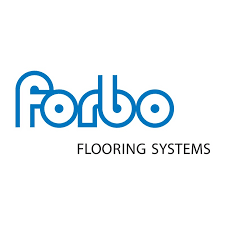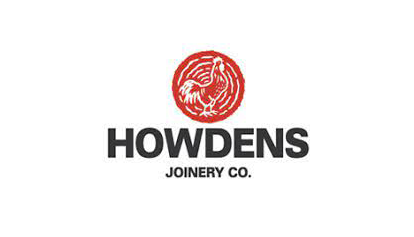EEM extends the traditional project focus of delivering a new asset or engineering platform to that of delivering Operational Excellence. The difference is the humanisation of projects to incorporate not just what will be done but how it is done. This is characterised by increased collaboration between commercial, operations and technical personnel at all project steps.
This was developed to counter the root causes of projects which limp along after the planned beneficial operation start date has passed like a car which can be driven but is not firing on all cylinders. It needs a lot more care and attention and costs more to run.
Analysis of the reasons why some projects do not achieve their full potential suggests a number of common causes.
These are not due to technical problems but to people issues including knowledge gaps, poor communication and collaboration.
The goals of Early Equipment Management (EEM) are to achieve “Flawless operation from production day 1” and consistently low Life s Cycle Costs (LCC) for the lifetime of the installation.
Flawless operation from day one means simple zero unplanned stoppages/sporadic failures from the planned operating date. Then during the first few months of operation the performance can be improved as the route to process optimisation becomes clear.
The core of the EEM process is the use of systematic analysis around key decision points or milestones. Activities to deliver each milestone are coordinated by design standards and checklists to avoid omissions and assure objective decision making.
Each milestone incorporates an improvement theme to drive the innovation process and align the efforts of the project team. This also provides a framework for management to review progress, the injection of knowledge from other projects and the capture of lessons learned from the current project
A major oil and gas provider estimated that adopting Early Equipment Management principles on their project contributed an additional 5% operating efficiency per year over the life of the asset. Enough to pay for the original capital investment.















